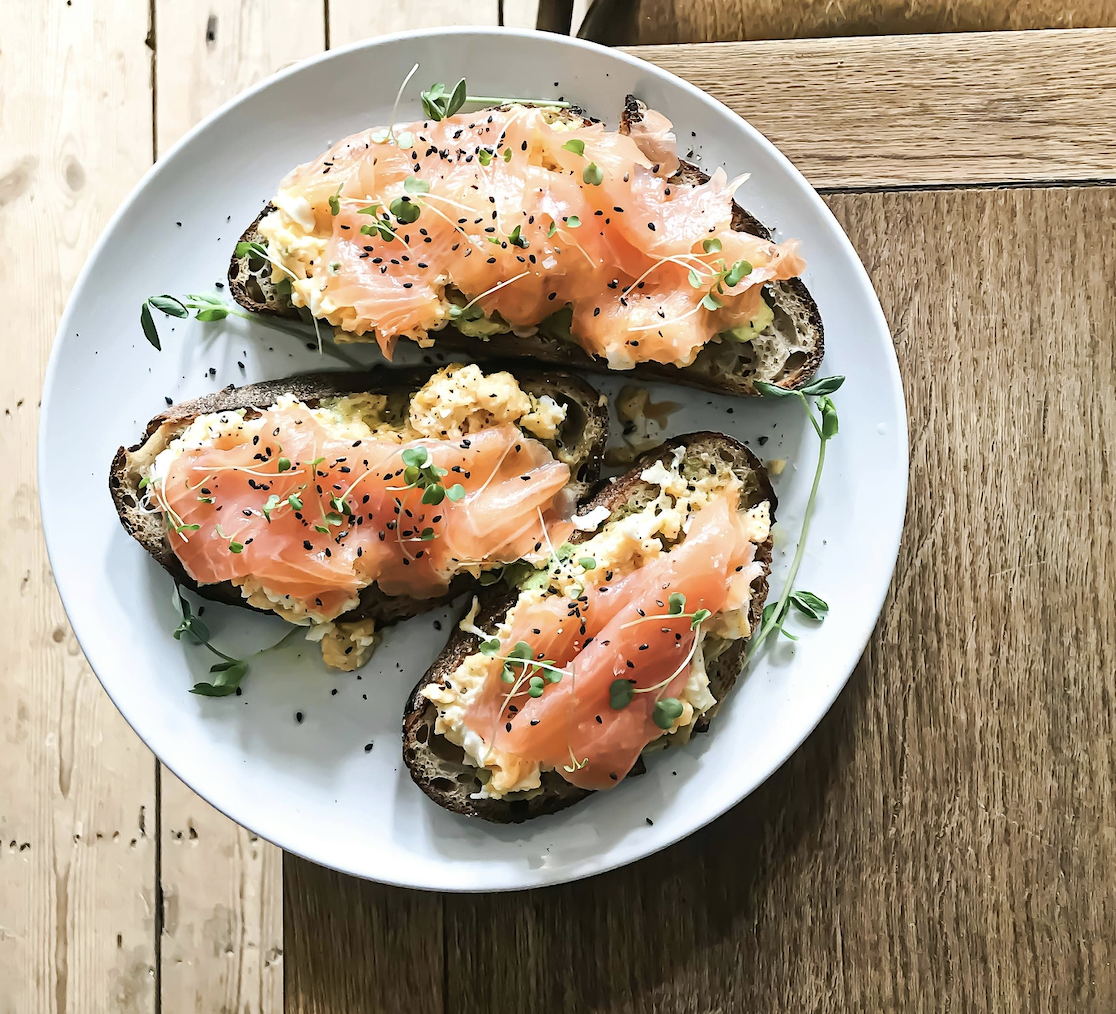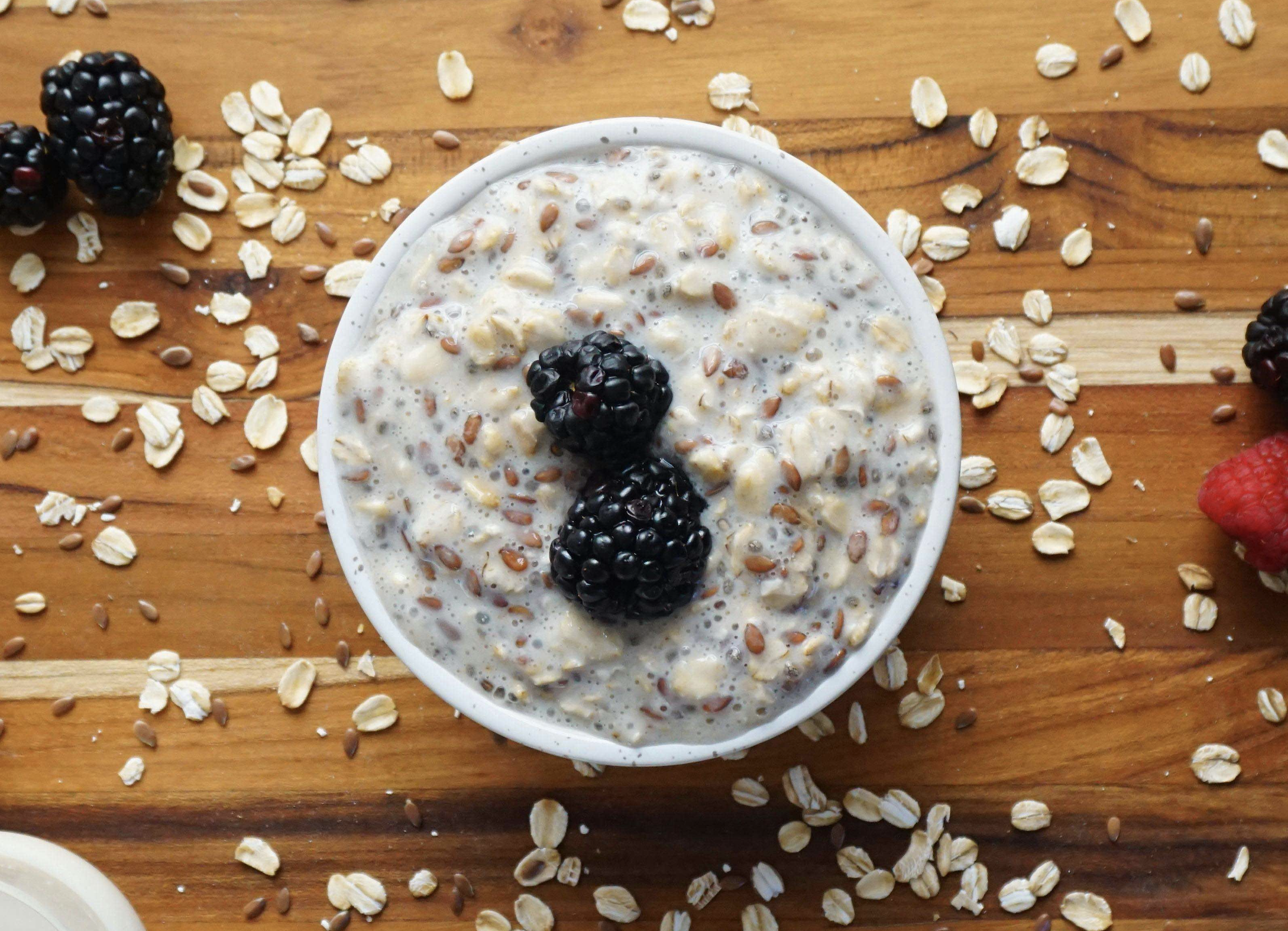Hormones play a crucial role in almost every aspect of our health – from our energy levels to our mood, metabolism, and reproductive health. For women, maintaining a balanced hormone profile is especially vital given the natural fluctuations that occur throughout the month and different life stages, such as menopause. But did you know that what you eat can significantly influence your hormonal balance? Certain foods contain powerful compounds that help support our endocrine system, the body’s hormone production hub.
Let’s explore three superstar foods that can improve hormone health for women and how you can incorporate them into your daily diet to maximize these benefits.
1. Broccoli: The Detoxifier
Broccoli is not just a humble veggie in your stir-fry – it’s a hormone-balancing powerhouse! It belongs to the cruciferous vegetable family, which includes cauliflower, kale, and Brussels sprouts. These veggies are rich in a compound called indole-3-carbinol (I3C). When you consume broccoli, I3C is converted in the body to a substance called DIM (Diindolylmethane), which helps metabolize estrogen.
Why It Works for Hormones:
Broccoli and its cruciferous cousins support liver detoxification, which is essential for processing and removing excess estrogen from the body. This is particularly beneficial for women dealing with estrogen dominance, which can lead to symptoms such as bloating, mood swings, and irregular menstrual cycles.
How Much to Consume:
Aim to include 1 to 2 cups of broccoli (or other cruciferous vegetables) in your meals at least 3-4 times a week. You can enjoy it steamed, roasted, or even raw in salads.
How to Eat It:
- Breakfast: Add steamed broccoli to an omelet.
- Lunch: Mix roasted broccoli with quinoa and a drizzle of olive oil.
- Dinner: Use broccoli as a side dish or in a vegetable stir-fry.
2. Salmon: The Omega-3 Hero
Salmon is a fatty fish loaded with omega-3 fatty acids, which are essential for hormone production. Omega-3s help reduce inflammation, which is often at the root of many hormonal imbalances, including those that contribute to painful periods and mood disorders like anxiety and depression. Additionally, omega-3s play a key role in maintaining cell membrane health, which helps cells respond better to hormones.

Why It Works for Hormones:
The healthy fats in salmon help regulate hormones that control mood and appetite. Omega-3s also promote the production of beneficial prostaglandins – hormone-like substances that play a role in reducing menstrual pain and inflammation.
How Much to Consume:
For optimal benefits, aim for two servings of fatty fish, like salmon, per week. Each serving should be around 3-4 ounces (about the size of your palm).
How to Eat It:
- Lunch: Enjoy grilled salmon on a bed of leafy greens with a lemon vinaigrette.
- Dinner: Bake salmon with herbs and a side of roasted vegetables.
- Snack: Smoked salmon slices on whole-grain crackers.
3. Flaxseeds: The Lignans Leader
Flaxseeds are small but mighty when it comes to balancing hormones. They are one of the richest sources of lignans, a type of phytoestrogen. These natural compounds mimic estrogen in the body, which can be particularly beneficial for women who are experiencing symptoms of low estrogen levels, such as during perimenopause or menopause. Flaxseeds are also high in fiber, which aids in removing excess estrogen through digestion.

Why It Works for Hormones:
Flaxseeds help balance estrogen levels – they can reduce estrogen when it is too high and increase it when it is too low. This dual action makes flaxseeds a perfect choice for maintaining overall hormone balance. The fiber content also supports gut health, which is crucial since the gut helps regulate estrogen metabolism.
How Much to Consume:
Incorporate 1-2 tablespoons of ground flaxseeds into your diet daily. Make sure to choose ground flaxseeds, as whole seeds are not easily digested.
How to Eat It:
- Breakfast: Sprinkle ground flaxseeds on oatmeal or yogurt.
- Smoothies: Add a tablespoon to your favorite smoothie.
- Baking: Mix flaxseeds into muffins, bread, or pancake batter.
Balancing Hormones One Bite at a Time
Incorporating these hormone-friendly foods into your daily routine can make a significant difference in how you feel. Remember, it’s not just about one superfood – a balanced diet rich in whole, nutrient-dense foods is key to supporting overall hormone health. Start by adding these three foods to your meals, and watch how they can naturally bring harmony to your hormones!
Ready to Take Charge of Your Hormonal Health?
At ONE – Institute, we’re here to support you on your holistic health journey. Whether it’s through personalized nutrition plans or targeted fitness routines, we provide you with the tools and knowledge you need to balance your hormones and feel your best. Visit our website or stop by today to learn more!


